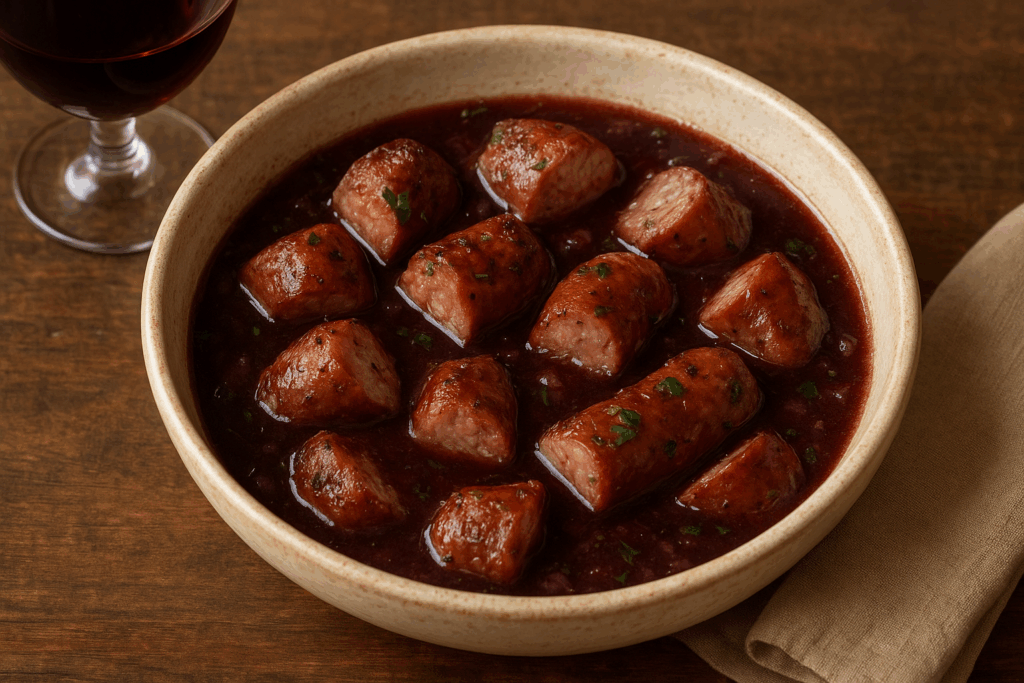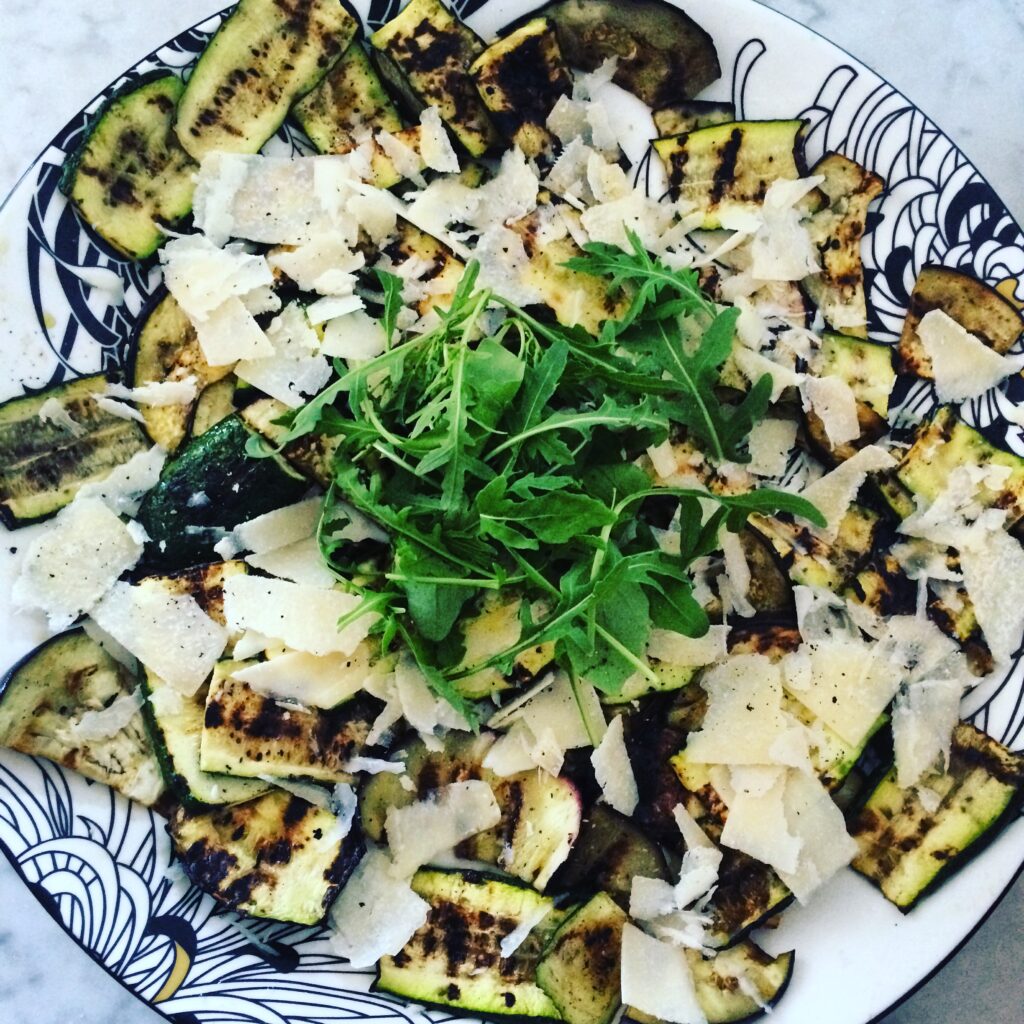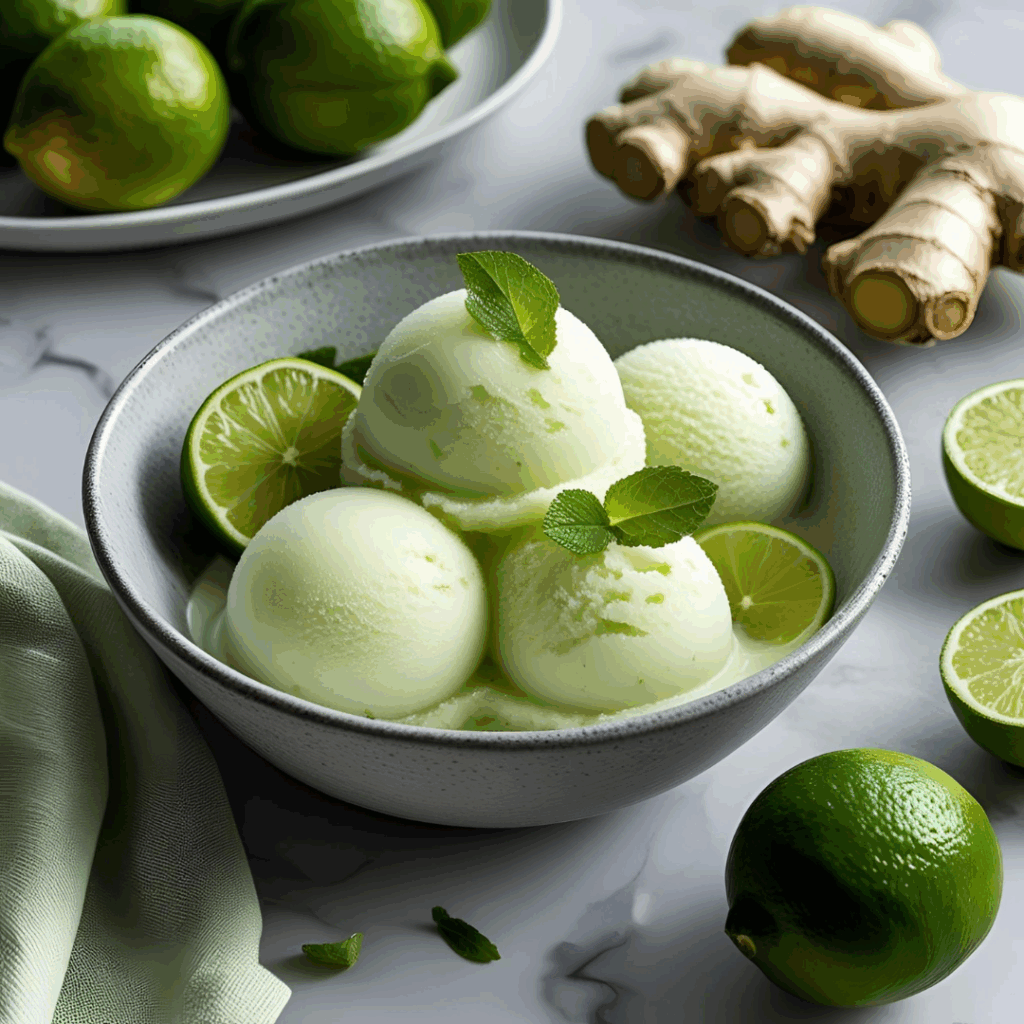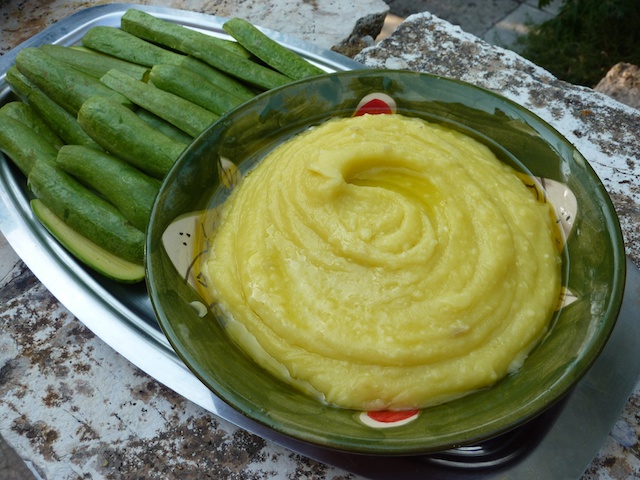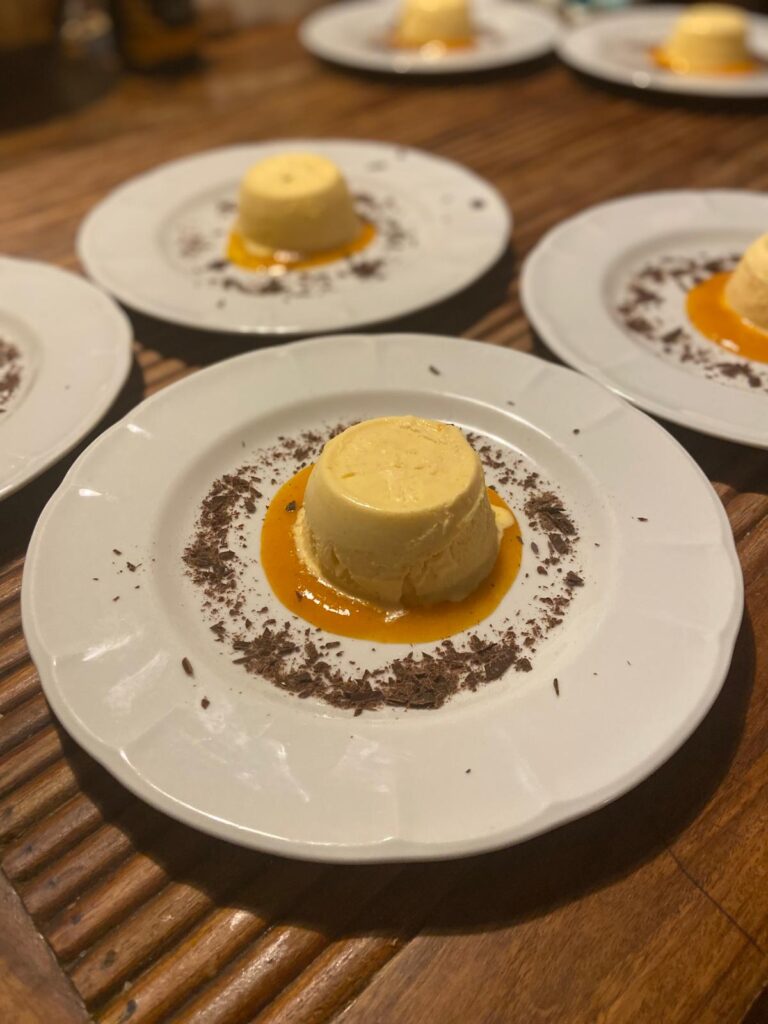Time flies when you’re making pasta! It’s been roughly 10 years since I started Pasta Grannies. Over that time, we’ve documented around 500 nonne across Italy making their recipes and sharing their stories. My team has grown, my love of Italian culture continues to grow too, and my penchant for pasta seems to be going nowhere! So now, looking ahead to the future and the next 10 years…what can you expect? Well, we’re keen to take Pasta Grannies global.
We’d love to travel to places outside of Italy, finding and following the real food heroes, the grandparents, who leave their legacies and stories through baking, making, and shaping but we’re not quite ready for that yet! So, to kick us off, we asked you, our extended Pasta Grannies family, to share your stories, family histories, and hand-me-down recipes.
Watching the recipes come in to our inbox was a real joy! We’ve enjoyed jumping across 4 continents and 10 different countries, becoming part of rich, detailed food culture, and delving into your deeply personal and inspiring family histories through delicious-sounding dishes. It was SO hard to choose – not to mention that it left us all incredibly hungry!
We really wish there could have been many more winners, because everything sounded so delicious. It was so hard to decide. And luckily, to help us make up our minds, we had le nonne on hand in Puglia to help with casting their votes too.
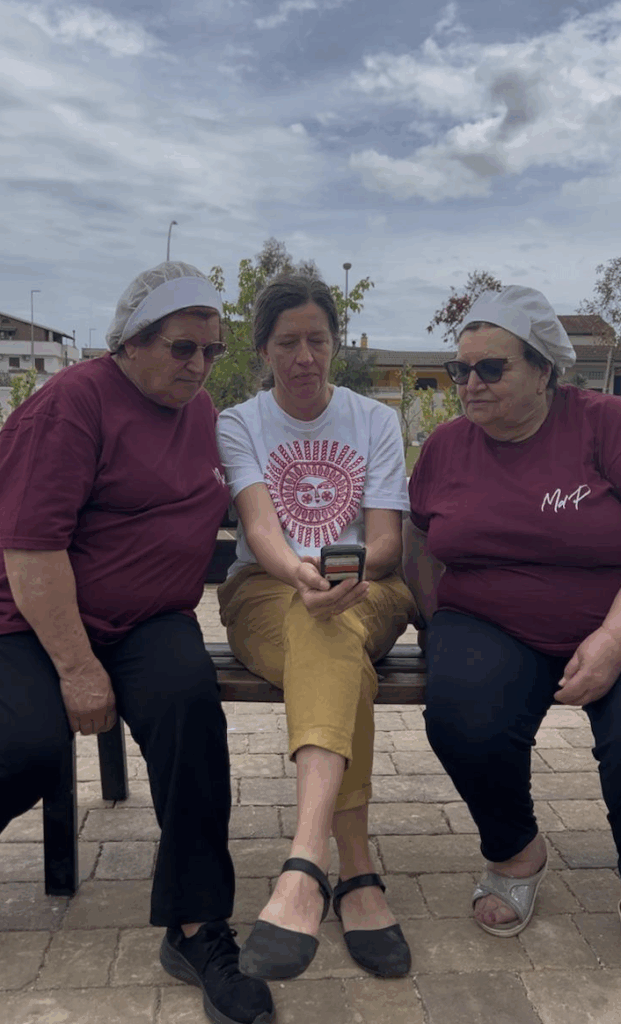
Of course, le nonne think their own recipes are best, but they found some much-loved commonalities across cultures. They loved seeing about which other dough-based products were made things by hand and got stuck in to reviewing the pictures and the stories. Before we announce the winner, we wanted to summarise just a handful of our favourites loved by both the Pasta Grannies team and our nonne…
Some Honourable Mentions…
Le Torte Lucchese from Janet Bomben
Recipe Summary: An American with Italian heritage on both sides shares this sweet torta recipe which takes pastry shaping techniques from both nonnas (who opt for different techniques and designs). We loved the sound of the rich filling made from the local ingredients of Northern Tuscany, the exact location place where his immigrant grandparents came from. A beautiful melding of two family trees through sweet, chocolate-laced treats, what a joy to read!
Sciuscielli con Cacuzza from Joe Fariello
Recipe Summary: An American-Italian professional chef who spent his younger years learning from his grandmother revisits his Italian roots with the Scuiscelli recipe. Many of his friends and colleagues’ joke that he is a strong man with a loving nonna’s soul inside; he lights up when sharing these hidden gastronomic gems and we loved the well-photographed, beautifully presented dumplings, served in a well-flavoured sauce and beautiful traditional Italian ceramics.
Banh Tambi from Terry Vanderpham
Recipe Summary: A Vietnamese noodle dish which travelled out of a war-torn country into America made it down through the generations, this recipe which previously was kept behind closed doors by Terry but now the author shares widely with pride. With a range of flavours and ingredients, and a colourful, crunchy collection of ingredients, plus the option to make the noodles by hand or shop buy them, there’s something for all cooking ambitions, levels and taste palettes in this beautiful dish. We loved reading about it.
Yia Yia’s Baklava from Mary Cain
Recipe Summary: Mary’s Greek-Turkish grandmother was a real feeder; she would always say ‘no diet in Yia Yia’s house!’ After a visit, she would return home to America to open her suitcase and find she’d nestled spanakopita and baklava in amongst her clothes. Years later, when she missed her grandmother, she used this recipe to reconnect with her sweet, spirited ways. We were salivating at the pictures and the description.
Tortière Maxime from Alvaro and Maxime Quesada Lauzon
Recipe Summary: This cherished recipe from The maxime’s family in Québec is warming tale of a traditions passed through the freezing winter. The pie recipe has been handed down through generations in cabins, woods, and houses while families hunt and cook from the land and the storytelling was poetic, vivid and deep. Their beautiful signature message: “the one who remembers the story; keeps it alive.”
The Judges’ Comments
“A love letter to the chaotic, scorching summers of Gurjurat India. We all loved the rich, vivid imagery of so many generations around the table in Sheehan’s recipe. From her description, we were able to visualise thirteen children all gathering around the table for moments of hyper-focus shaping the dough. We loved the rich colours, the spectrum of flavours, spices and herbs, and clear method, which created a sensory overload and an easy-to-follow recipe. It left our imaginations in something of a sensory ecstasy while reading.”
Le Nonne Comments
“I like it because it’s very similar to our pasta and the spices and vegetables look great”
“I eat a lot of beans, so I love the look of this!”
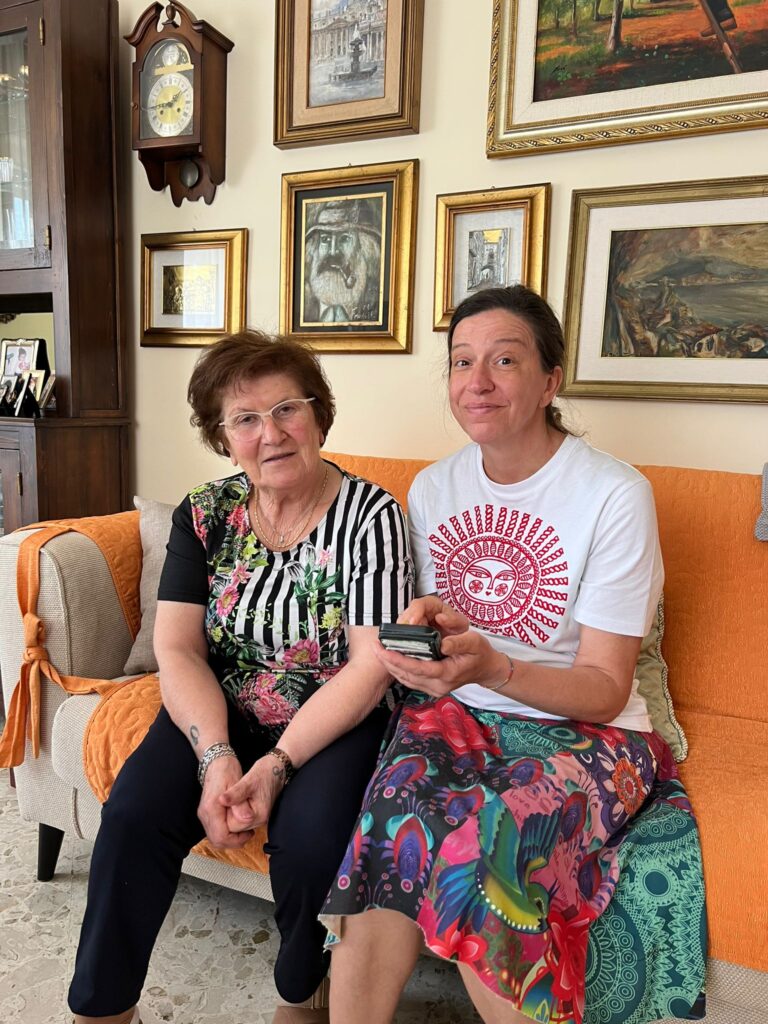
And the winner is…
Sheetal Bhatt with ‘Tuver na Baakda ma Dhokli‘
Here’s her story:
“In Gujarat, what many might recognize as pasta is locally known as Dhokli, and there are countless regional variations. The recipe I’m sharing, Tuver na Baakda ma Dhokli ( whole wheat flour dhokli stewed in a dried pigeon pea beans curry) is a wholesome and earthy one-pot meal. Tuver (pigeon peas) are a staple in Gujarati kitchens, used both fresh and dried. In South Gujarat, where this dish originates, dried pigeon peas are called Baakda. Food often evokes powerful memories, and each of us has that one dish that brings back the warmth of cherished times and beloved people. For me, that dish is Tuver na Baakda ma Dhokli—a recipe that carries numerous memories.
Summers in India are long and scorching, and schools shut for holidays during this time. It’s the season for family gatherings, usually at the home of the family matriarch. For us, it was always our Nani’s (maternal grandmother’s) house. She was extraordinarily beautiful, tall, gracious, and skilled. Her kitchen was the heart of the home—alive with activity, aromas, and laughter. I vividly remember the coal-fired stoves lit at dawn, smoke curling through intricately carved walls, and the rhythmic pounding of masalas in a large mortar and pestle. My Ba (as we called her) would sit on her special chair, overseeing the kitchen like a conductor with her orchestra.
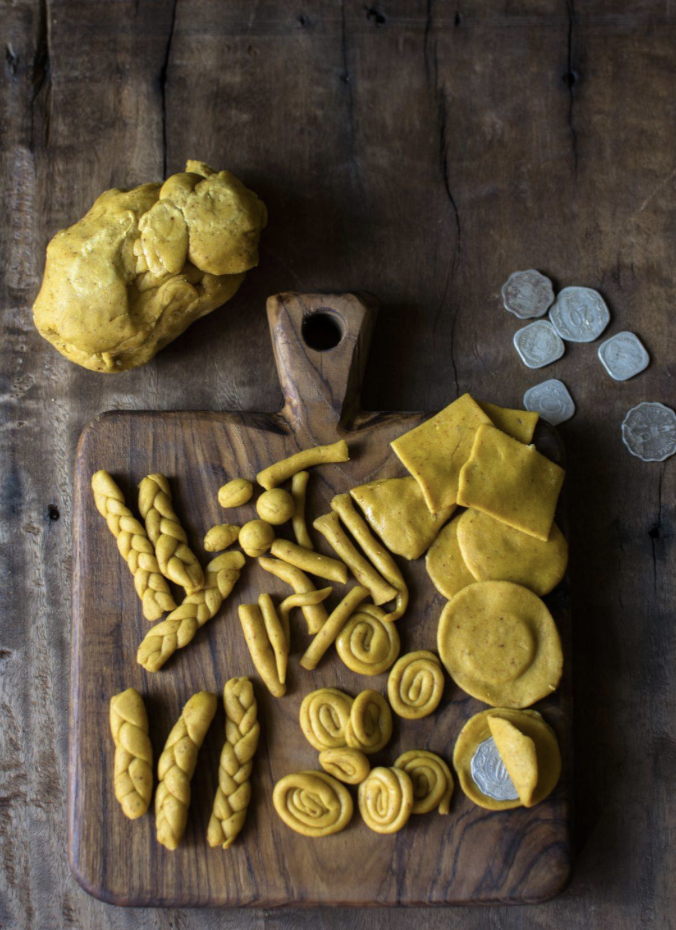
Every summer, when the whole family came together, we were a lively crowd of 30 to 35 people. Naturally, the kitchen became the centre of all activity. When we ran out of things to do, we’d rush into the kitchen—hungry and curious. With 13 kids in the house, Ba had to keep us engaged. One of my favorite tasks was hand forming the dhoklis that would go into the Tuver na Baakda. There were no rules—we shaped the dhokli dough into animals, stars, and even little people. Ba would often join in and sometimes sneak a coin inside one dhokli, promising a reward to whoever found it. It was her playful way of ensuring we ate heartily, enjoyed the process, and built a bond with the food we shared. That little incentive kept us all focused—and full, at least for some time!

Although this food memory is over 40 years old, every time I make this dish, it feels like a warm hug from my Ba—a comforting reminder of the beautiful childhood we were so lucky to experience.“
Want to try this yourself? You can find the full ingredients and recipe here. We’ve removed the membership pay wall from this one so it’s free for all to enjoy. If you liked this and you want more of our team’s recipes, as well as the secret ones given to us by the grannies on our travels, consider upgrading to become part of the Pasta Grannies Club, and take a seat at our table.
Congratulations again, Sheetal. And thank you to everybody who entered, we feel so honoured to have been able to read your stories and keep the spirit of your grandmothers alive.
